The island of Madeira, located in the Atlantic, north of the Canary Islands and southwest of mainland Portugal, is often described as a true garden in the middle of the ocean. The archipelago also includes Porto Santo, known for its long golden sandy beach, and some uninhabited islets. The mountainous relief, marked by imposing cliffs, creates dramatic landscapes that captivate any visitor. The island’s interior preserves the Laurissilva, a humid subtropical forest classified as a UNESCO World Heritage Site, home to unique plant and animal species. The sea surrounding Madeira is rich in biodiversity and ideal for activities such as diving, boat trips, and dolphin and whale watching. With a pleasant climate all year round, the island is sought after both for relaxing holidays and for active tourism.
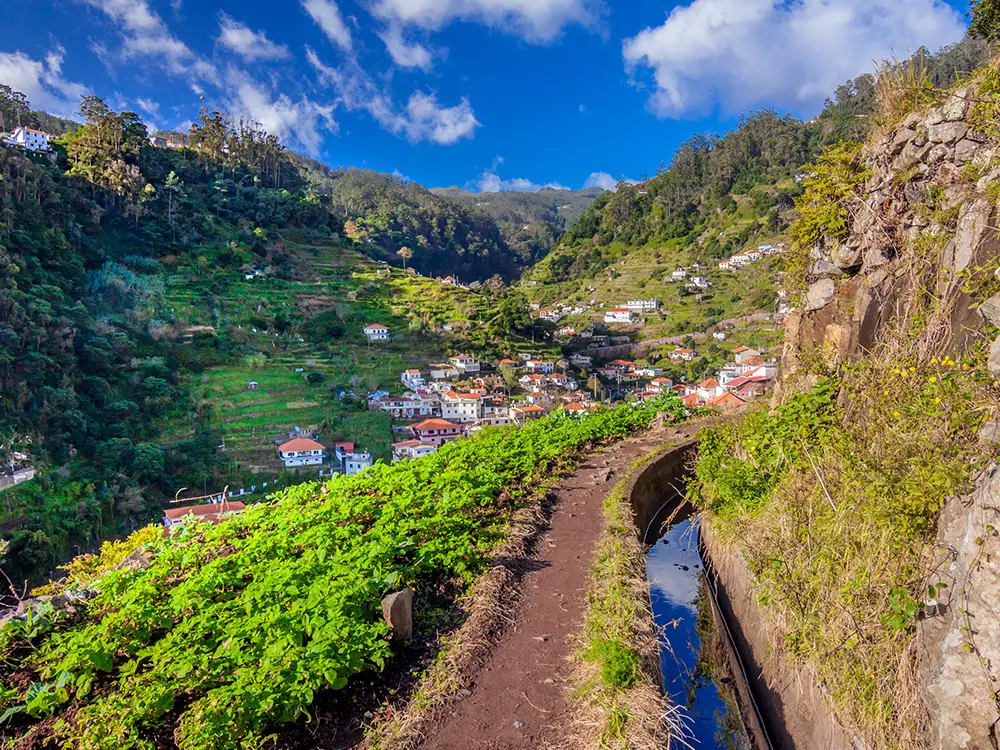
Madeira is of volcanic origin, which explains its rugged terrain and the climatic variations between the north and the south. While the southern coast, sheltered by the mountains, is warmer, drier, and sunnier, the northern coast is more humid, lush, and rainy. Temperatures rarely drop below 16 °C in winter or exceed 26 °C in summer. In high areas such as Pico Ruivo, cold and wind can be intense, especially in winter. Autumn and winter bring more rain, essential for the island’s luxuriant vegetation, while spring covers the slopes with vivid colours. Summer is stable, with long days perfect for enjoying the sea.
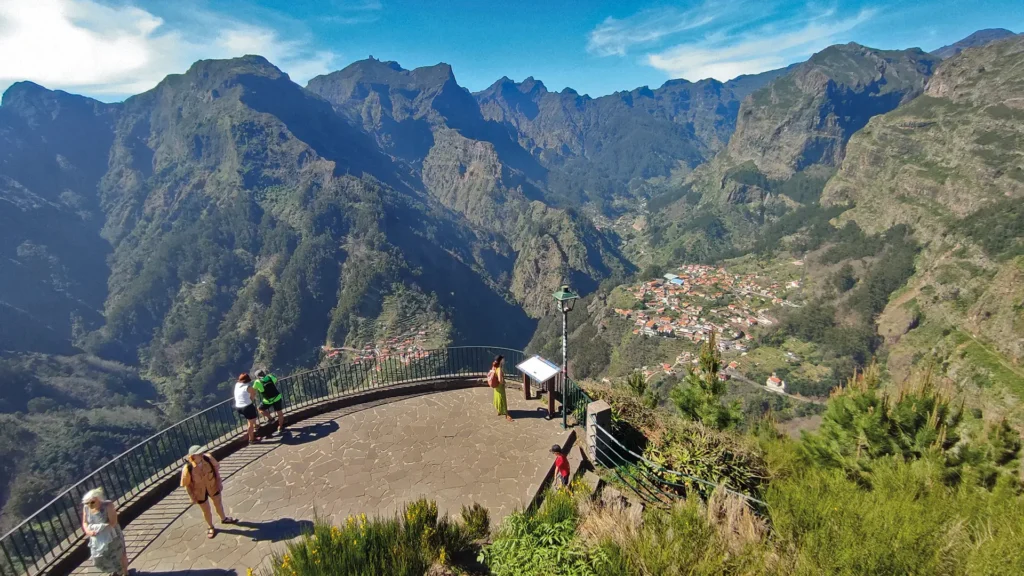
Madeira is a destination that adapts to every traveller’s taste. Those who enjoy hiking and nature will find spring and autumn the best times, with mild temperatures and fewer crowds. Summer visitors can enjoy the pebble beaches, natural pools, and Porto Santo for sea bathing and relaxation. For culture lovers, May is marked by the Flower Festival, one of the island’s biggest events, while September celebrates the wine harvest with related festivities. Those seeking tranquillity and lower prices may prefer the winter months, when the island is calmer, though with a higher chance of rain.
Cristiano Ronaldo Madeira International Airport (FNC) receives daily flights from Lisbon, Porto, and several European capitals. The port of Funchal is also a regular stop for international cruises. The trip from the airport to Funchal’s city centre takes about 20 minutes and can be made by taxi or private transfers, a service we also provide for greater comfort and convenience.
Renting a car is the most practical way to explore Madeira, allowing you to discover hidden viewpoints, typical villages, and mountain trails at your own pace. The main roads are modern and safe, with many tunnels that make connections between regions easier. However, some secondary roads are narrow and steep, requiring extra caution. For those who prefer not to drive, the bus network covers the whole island, though timetables are limited outside the main tourist areas. In Funchal, the historic centre is compact and can easily be explored on foot.
Madeira is considered one of the safest destinations in Europe. Crime levels are very low, though it is always advisable to watch your personal belongings. For outdoor activities, especially the levadas and trails, it is essential to wear comfortable footwear, suitable clothing, and to carry water and light food. On longer hikes, it is wise to inform someone of your route. On days of heavy rain or fog, it is prudent to postpone walks. Health services on the island are of good quality, with a hospital in Funchal and health centres across the main towns.
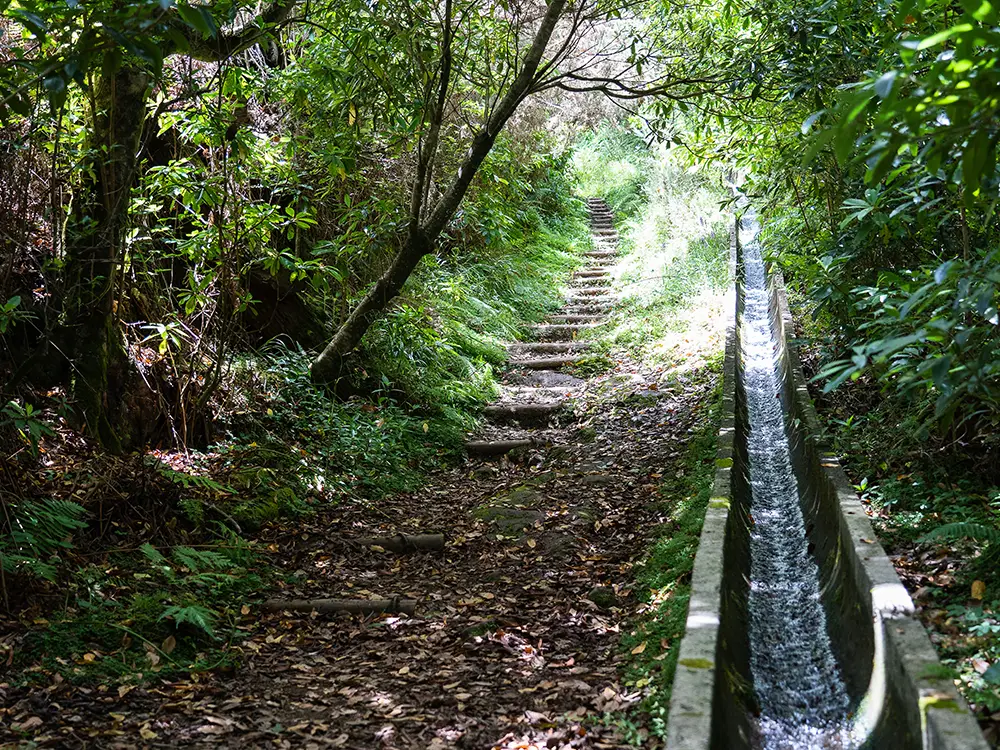
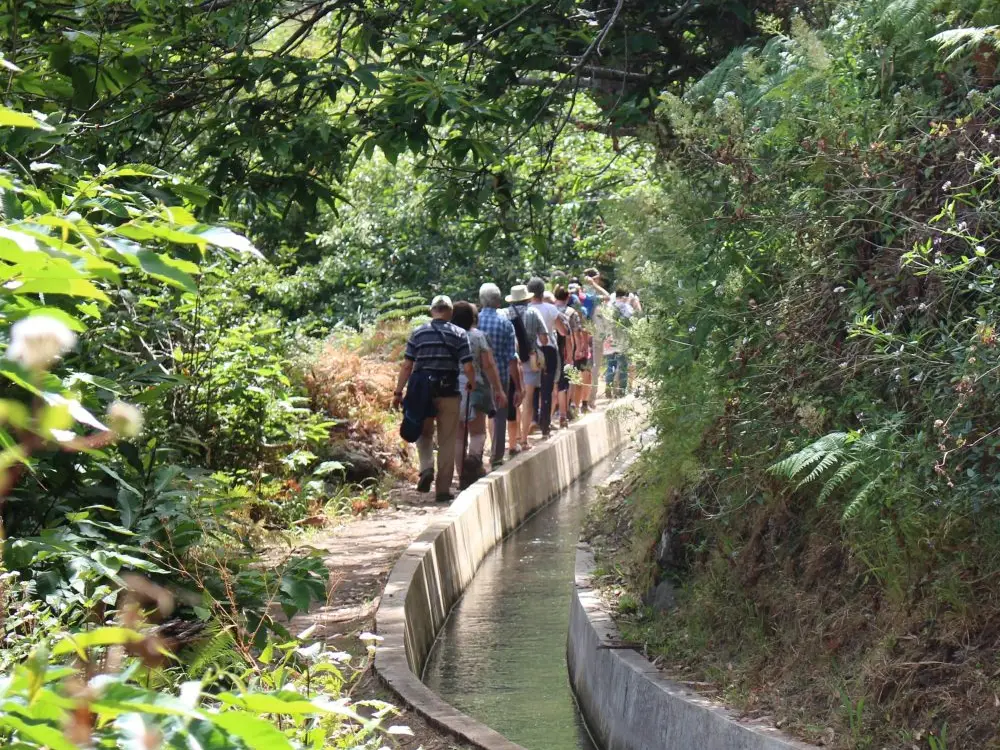
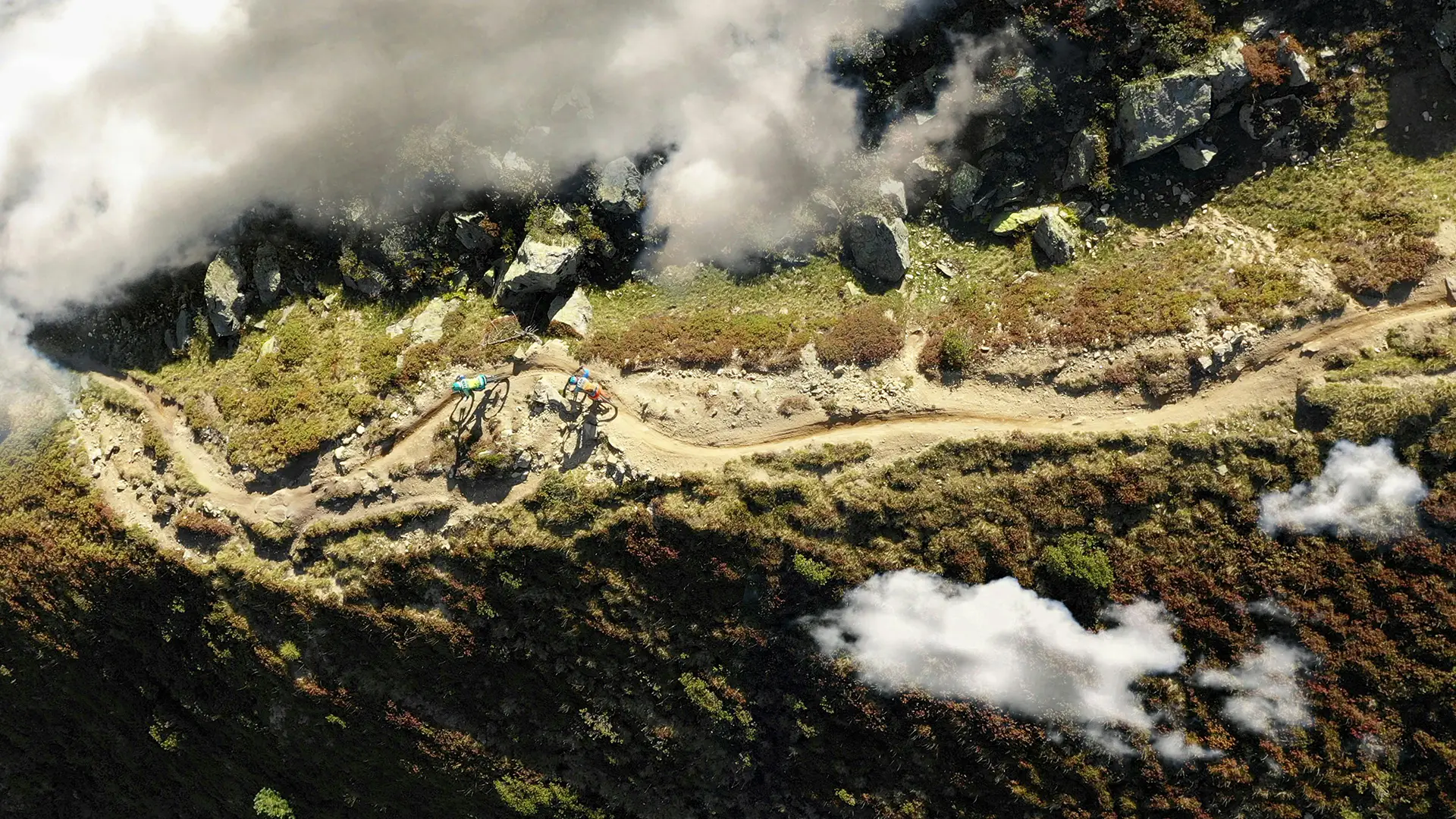
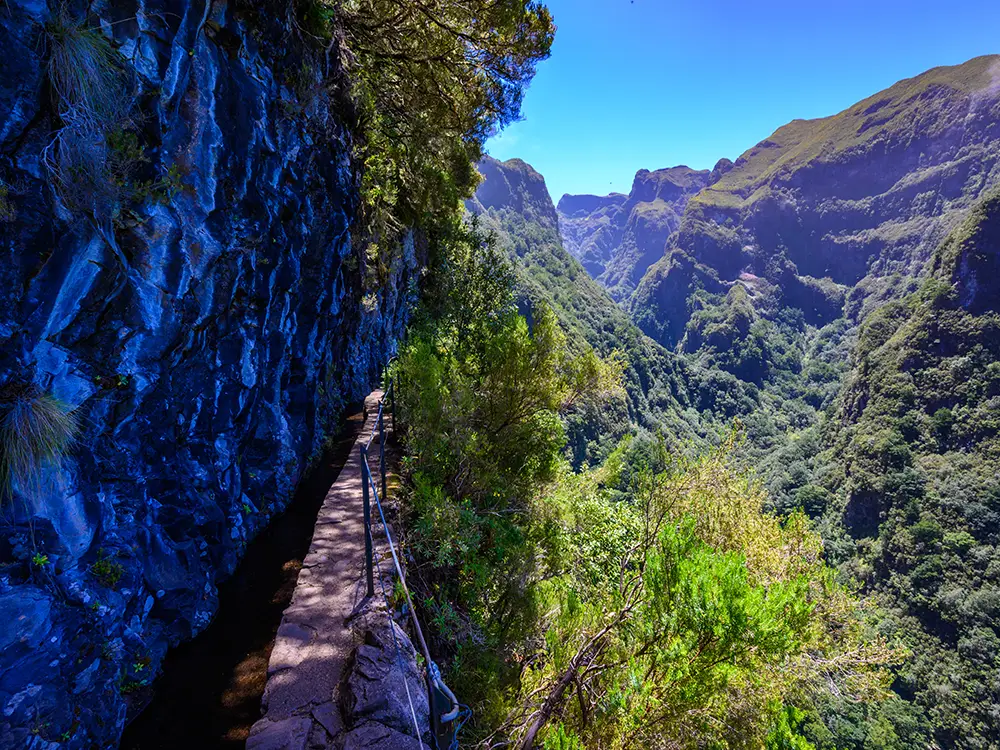

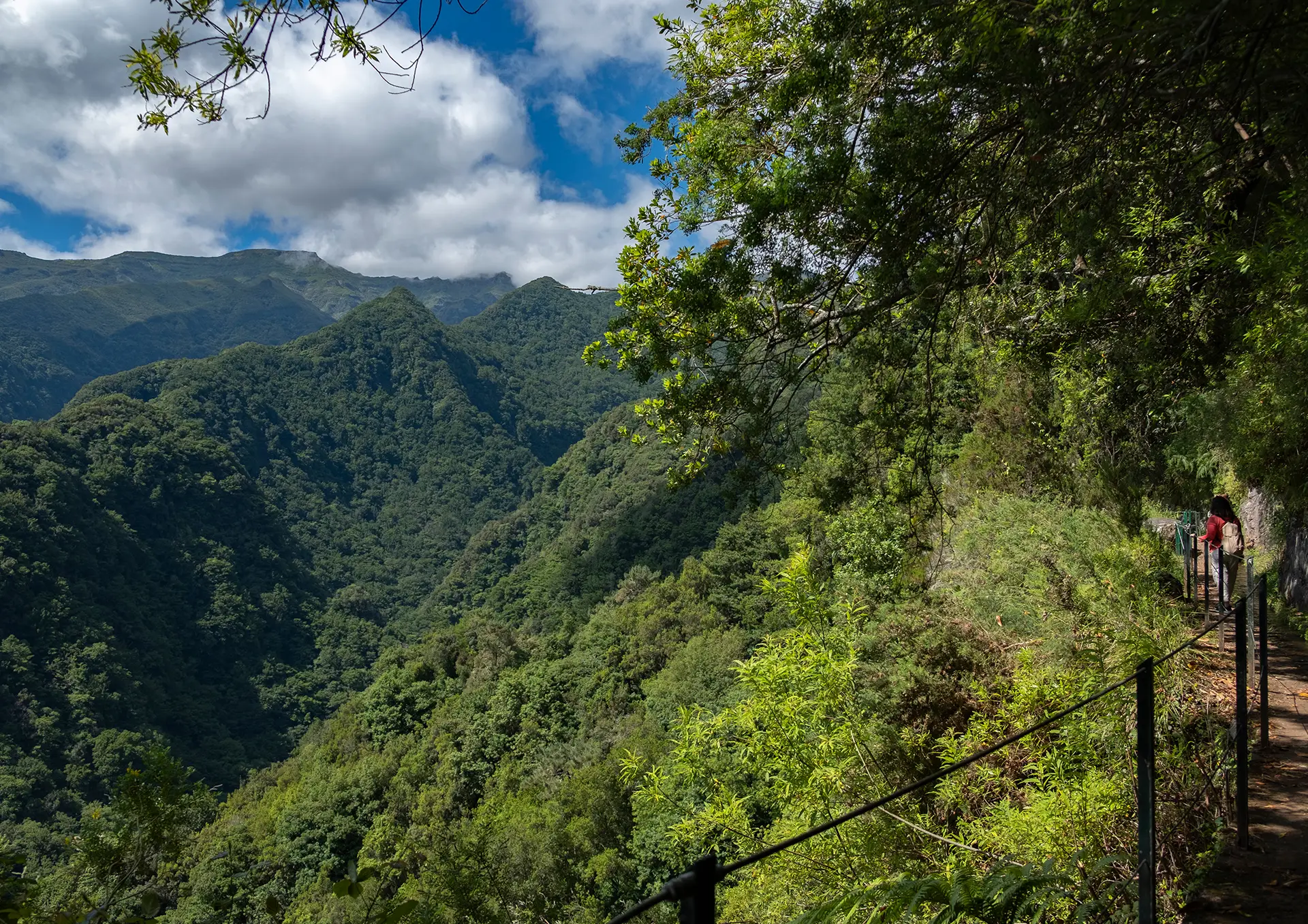
Madeiran cuisine deserves special mention. Black scabbardfish, beef skewers grilled on laurel sticks, bolo do caco with garlic butter, and the traditional poncha are must-tries. Madeira wine, famous worldwide, pairs well with desserts and cheeses. The culinary experience is an essential part of any trip.

Madeira is far more than a tourist destination: it is a place that combines unspoilt nature, mild climate, cultural traditions, and warm hospitality. The island adapts to every travel style, from those seeking adventure and challenging hikes to those who simply want to relax by the sea. Each visit brings new experiences, making Madeira a destination to which many travellers return.